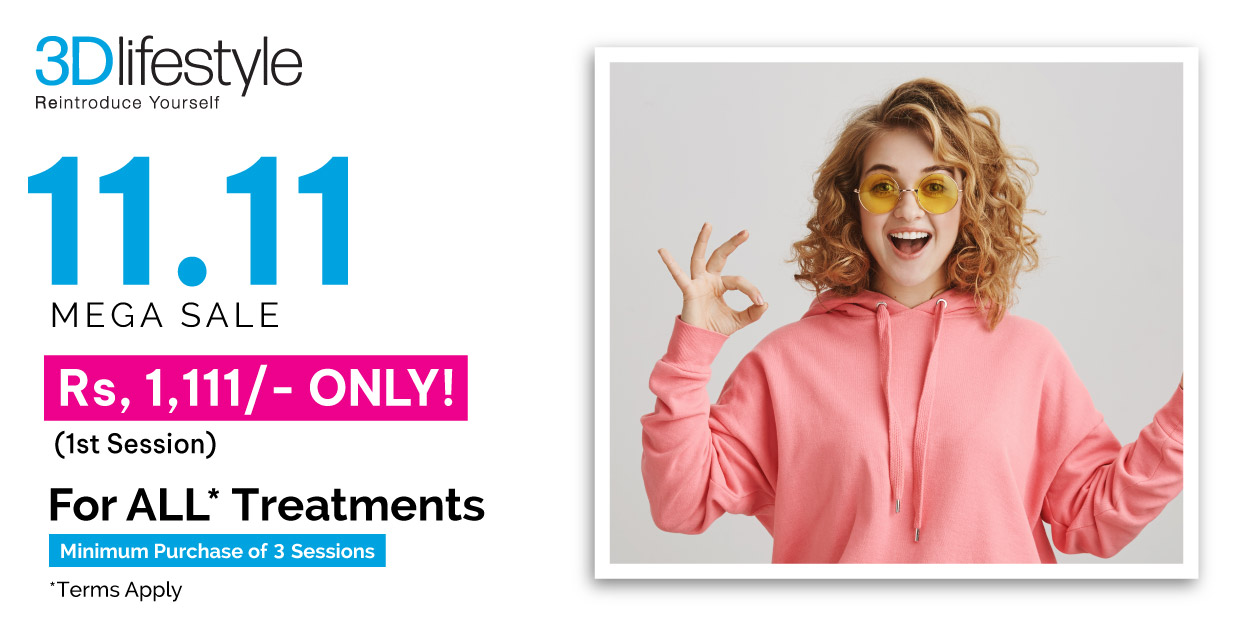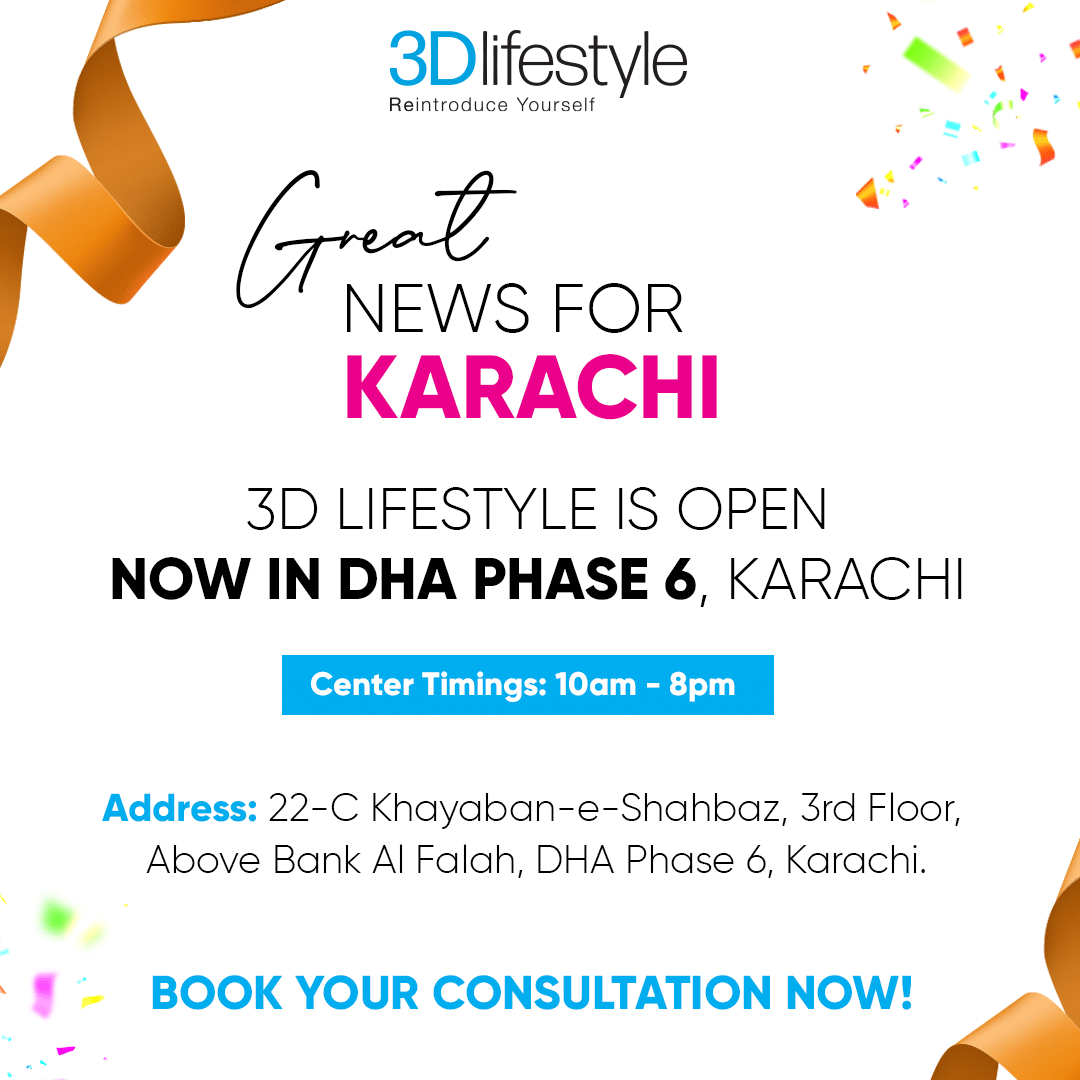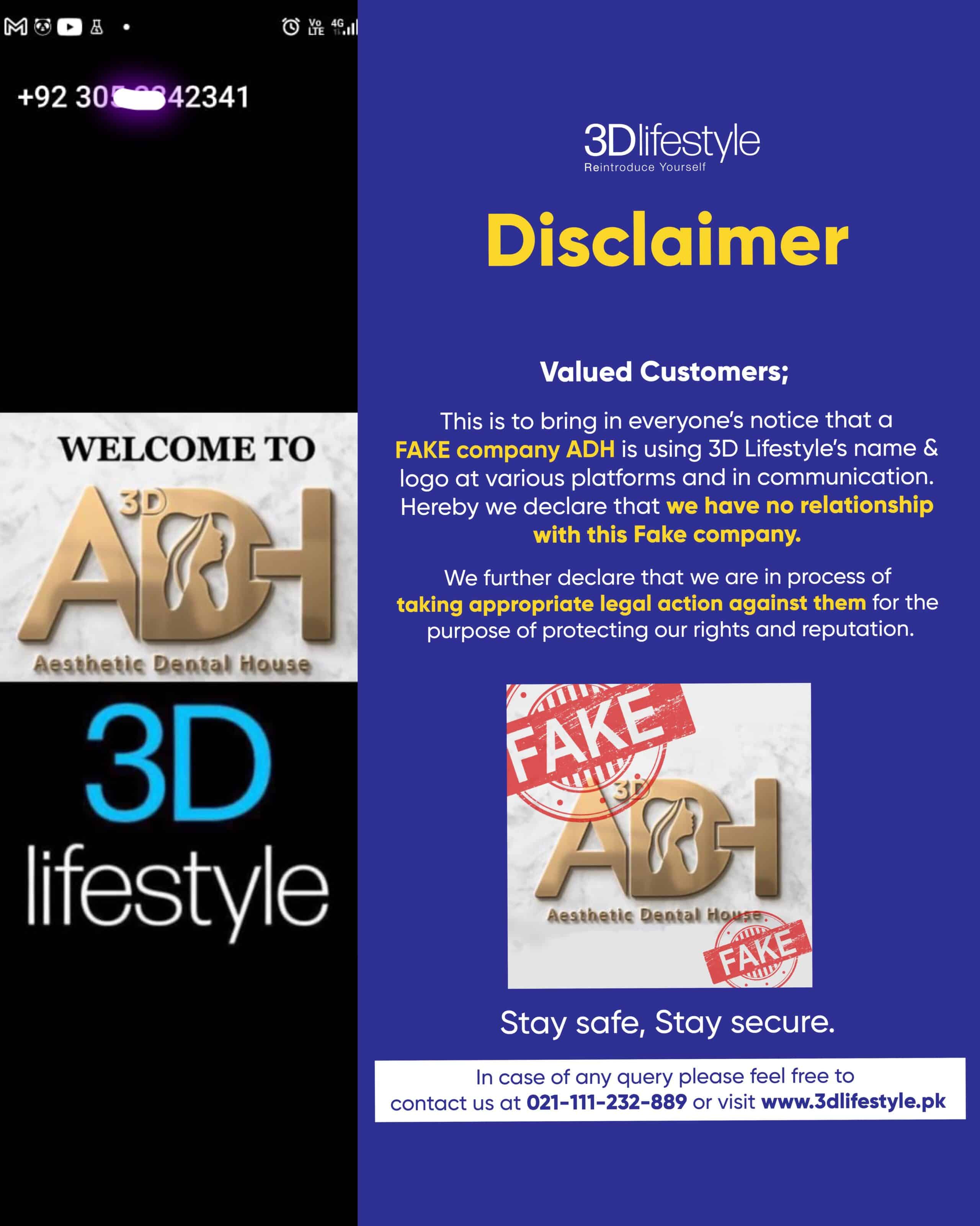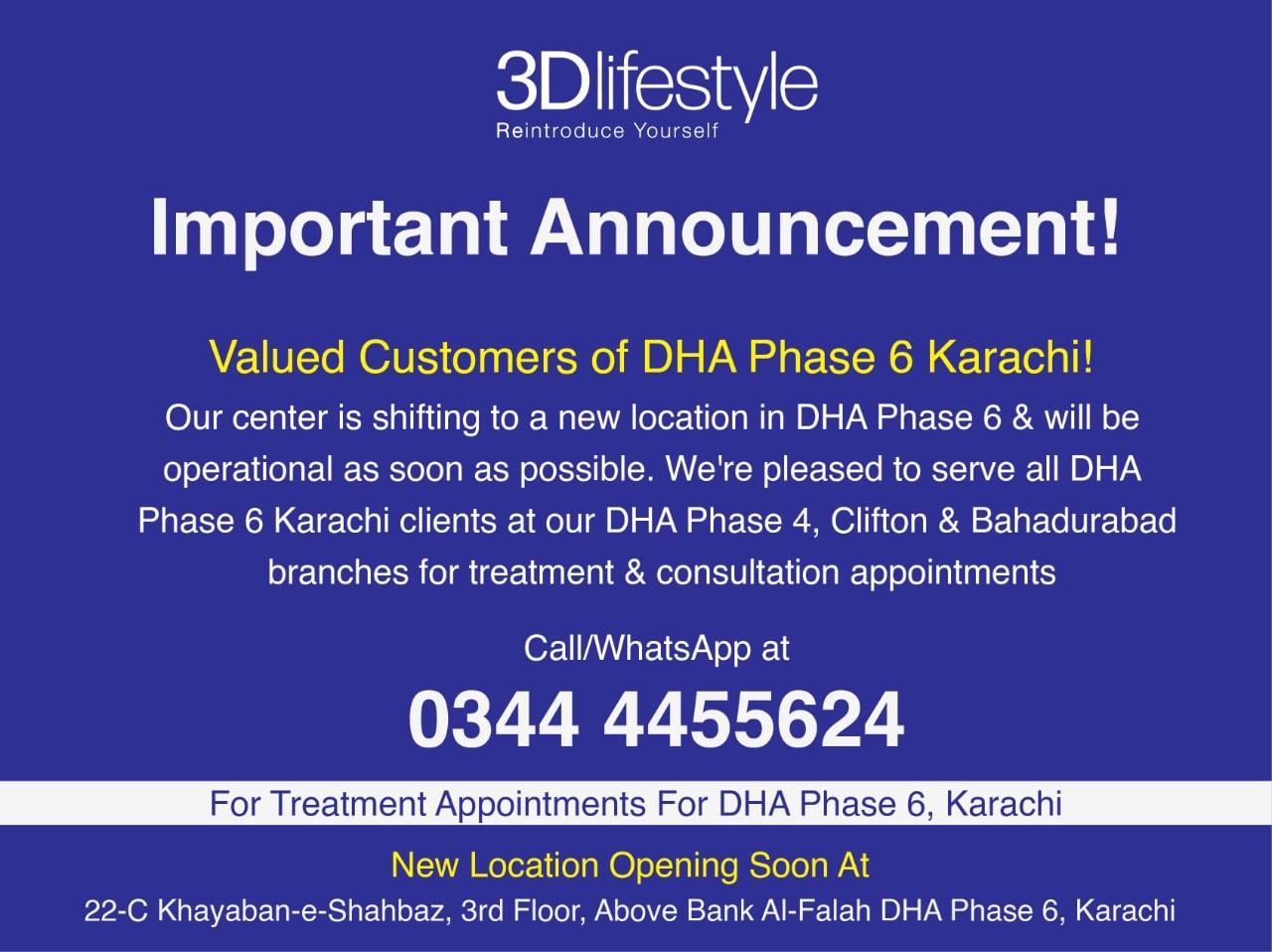Achieve Skin Perfection | Introducing the NEW & UPGRADED Chemical Peels

Are you tired of looking yourself in the mirror and feeling self-conscious? Do you wish to erase those dark underarms and hard to reach acne? If so, you’re not alone. Millions of people around the world suffer from these common skin concerns.
But now, there’s hope! Introducing the next-level 3D Chemical Peels which will give you the skin of your dreams.
Our brand-new chemical peels are made with powerful ingredients that exfoliate, brighten, and rejuvenate the skin, revealing a radiant and flawless complexion.
What Are the Benefits Of Chemical Peels?
Chemical peels can offer a number of benefits, including:
- Improved skin tone
- Reduced appearance of wrinkles, age spots, and acne
- Increased skin brightness
- Enhanced collagen production
- Unclogged pores
3D ClearSkin Peel
Looking for a way to get smoother, brighter, and younger-looking skin? Look no further than the 3D ClearSkin Peel! This peel is ideal for deep penetration into the skin to dissolve sebum (oil) and dead skin cells, revealing a more radiant complexion.
- Improves skin texture: help to improve the texture of your skin by removing dead skin cells and revealing newer, smoother cells underneath.
- Reduces the appearance of fine lines and wrinkles: help to reduce the appearance of fine lines and wrinkles by stimulating collagen production.
- Lightens dark spots: help to lighten dark spots by reducing the amount of melanin in the affected areas.
- Improves skin tone: help to improve skin tone by evening out the color of your skin.
- Gives your skin a radiant glow: give your skin a radiant glow by removing dead skin cells and revealing newer, healthier cells underneath.
3D AcneCure Peel
If you are looking for a way to get rid of acne, 3D AcneCure Peel is a great option. 3D AcneCure Peel is safe for use on the face, back, and shoulders.
- Removes excess oil: help to remove excess oil from the skin, which can help to prevent acne breakouts.
- Prevents blackheads/whiteheads: help to prevent blackheads and whiteheads from forming. This is because it removes excess oil and dead skin cells, which are the two main causes of these blemishes.
- Reduces inflammation: has anti-inflammatory properties that can help to reduce inflammation and redness associated with acne. This can help to make your skin look less red and irritated.
- Reduces pore size: help to reduce the appearance of pore size. This is because it exfoliates the skin and removes excess oil, which can help to make the pores look smaller.
Newest Additions in the 3D Chemical Peels Family!
We are also excited to introduce two new peels:
3D SkinBright Peel
This peel is specifically designed to target body areas which due to multiple factors get dark, i.e knuckles, knees, elbows, and ankles. These areas are often prone to friction and sweating, which can make acne worse. The peel works by penetrating deeply into the skin to target the root causes of acne.
3D SkinBright Peel is specifically designed to address the following skin concerns:
- Hyperpigmentation: The peel can help to lighten dark spots and even out skin tone.
- Dullness: The peel can help to brighten the skin and give it a more radiant appearance.
3D Pink Peel
This peel is designed to get rid of darkness in the underarms and under legs. Dark underarms are a common problem that can be caused by a number of factors, including genetics, friction, and sweating.
- Exfoliates dead skin: help to exfoliate the skin, removing dead skin cells and revealing newer, smoother cells underneath. This can help to improve the appearance of your underarms and underlegs and make them look more radiant.
- Lightens skin: help to lighten the skin and reduce the appearance of hyperpigmentation. This is especially beneficial for people who have dark underarms or underlegs due to excess melanin production.
- Hydrates skin: help to hydrate the skin, which can help to improve its overall appearance.
What to Expect?
The results are simply amazing. The results of your peel will vary depending on your individual skin concerns, but after just one treatment you can expect a significant reduction in pigmentation, a more even skin tone, and a noticeable improvement in the appearance of acne. The results are typically noticeable within just a few days, and they can last for several months*.
Your Journey to Skin Perfection Starts Here!
Get ready to embark on a transformational skincare experience with 3D Lifestyle Medical & Aesthetic Center. Your journey to skin perfection starts here.
With 3D Lifestyle’s new chemical peels, you can finally farewell to multiple skin concerns. Visit our website to learn more about our remarkable treatments and how they can help you achieve the flawless skin you’ve always dreamed of.
For more information, call 021 111 232 889 or visit or website https://3dlifestyle.pk/
Achieve Skin Perfection | Introducing the NEW & UPGRADED Chemical Peels
Leave a Comment
Speak to an Expert
To book a consultation or a demo, please contact us by clicking the button below and a representative will reach out to you directly.
BOOK FREE CONSULTATION














What the rising popularity of Yemeni coffee shops says about third places Площадка кракен The most popular spot on a late Friday night in a pocket of Manhattan’s West Village isn’t a trendy bar or a Michelin-starred restaurant but a Yemeni coffee house chain strictly serving coffee tea and pastries. A step into Qahwah House on Carmine Street offers a rich whiff of cardamom Arabic music and crowds of people both at tables and in line to order. The energy spills over into the sidewalk where some begin performing a Levantine folk dance known as dabke. It’s a snapshot of various Eastern cultures; Arabic Farsi and Urdu fill the air and some customers don traditional attire. https://kr13at.cc kra13.at Qahwah House is just one of a string of Yemeni coffee chains that originated in the Arab-populated Detroit area and are rapidly springing up across the country often where there are significant Middle Eastern and Muslim populations. Nineteen Qahwah House locations are open across seven states with more under construction and expected to open this year. Another chain Haraz opened this month in the pricey SoHo neighborhood in Manhattan with at least six more in the region planned in the next two years. Times Square will be home to two other chains MOKAFE and Qamaria Yemeni Coffee Co. The rapid expansion of these shops underscores the demand for late-night social spots for not only young Muslims and Middle Easterners but also younger people who are looking for a non-digital third space where they can hang out without alcohol or having to yell over loud music. They don’t have many other options. Malls a traditional third place for young people are growing more and more unpopular. Chains like Starbucks have become more like take-out counters. Alcohol-free lifestyles are growing even for those outside of the Muslim faith which many practicing the religion already take part in. So for many young people in urban areas especially those from immigrant communities looking for a way to connect to their cultures it’s a great option.
Where did Yemeni coffee shops come from? kraken зайти In the Middle East coffee isn’t a grab-and-go drink used to wake up with but a social exchange. While coffee beans originated in Ethiopia the earliest evidence of cultivation appeared in Yemen through trading across the Red Sea. https://kraken2trfqodidvlh4aa337cpzfrhdlfldhve5nf7njhumwr7insta.cc kra14.at The practice followed into the early 20th century and across the world when the first wave of Middle Eastern immigrants came to Detroit to work in the auto industry or shipping yards Howell said. Most immigrants were men who migrated alone so one of the first institutions they created were coffee houses where they would gather to socialize share news about their home country and even write letters back home. Many of the initial mosques in the area were originally established in the backs of the coffee houses. Yemeni men working in shipping on the Great Lakes “would work for months at a time and then have a few weeks off and then work again” leaving them unable to visit their families back in Yemen Howell said. “The coffee houses in the Detroit area were a really important institution.” “Our mission is to bring everyone in one place and share history” Ibrahim Alhasbani founder of the first contemporary Yemeni coffee chain Qahwah House told CNN. “That’s why we serve the coffee in a pot. People come inside the store and they share one pot and they can talk and they share different stories.” A new chapter for Yemeni coffee Contemporary chains are designed by a new demographic — the descendants of these immigrants who are bringing Yemeni coffee culture to the American mainstream. The very first Qahwah Houses in Dearborn were airy and upscale a familiar setting to patrons of established coffee chains. But they also brought with them Yemeni culture with coffee beans imported from local farmers artifacts from the region and the founder’s family tree on the wall.
What the rising popularity of Yemeni coffee shops says about third places kraken тор The most popular spot on a late Friday night in a pocket of Manhattan’s West Village isn’t a trendy bar or a Michelin-starred restaurant but a Yemeni coffee house chain strictly serving coffee tea and pastries. A step into Qahwah House on Carmine Street offers a rich whiff of cardamom Arabic music and crowds of people both at tables and in line to order. The energy spills over into the sidewalk where some begin performing a Levantine folk dance known as dabke. It’s a snapshot of various Eastern cultures; Arabic Farsi and Urdu fill the air and some customers don traditional attire. https://kr13at.cc kra13 at Qahwah House is just one of a string of Yemeni coffee chains that originated in the Arab-populated Detroit area and are rapidly springing up across the country often where there are significant Middle Eastern and Muslim populations. Nineteen Qahwah House locations are open across seven states with more under construction and expected to open this year. Another chain Haraz opened this month in the pricey SoHo neighborhood in Manhattan with at least six more in the region planned in the next two years. Times Square will be home to two other chains MOKAFE and Qamaria Yemeni Coffee Co. The rapid expansion of these shops underscores the demand for late-night social spots for not only young Muslims and Middle Easterners but also younger people who are looking for a non-digital third space where they can hang out without alcohol or having to yell over loud music. They don’t have many other options. Malls a traditional third place for young people are growing more and more unpopular. Chains like Starbucks have become more like take-out counters. Alcohol-free lifestyles are growing even for those outside of the Muslim faith which many practicing the religion already take part in. So for many young people in urban areas especially those from immigrant communities looking for a way to connect to their cultures it’s a great option.